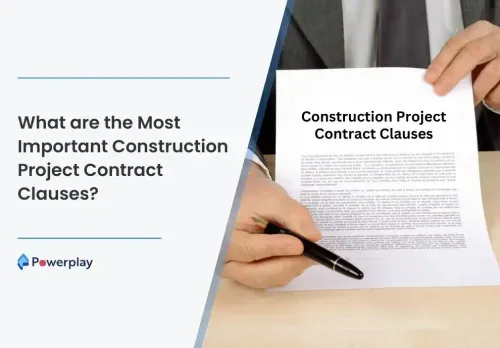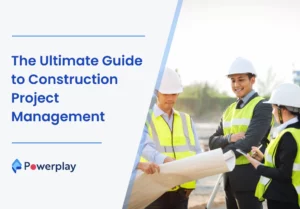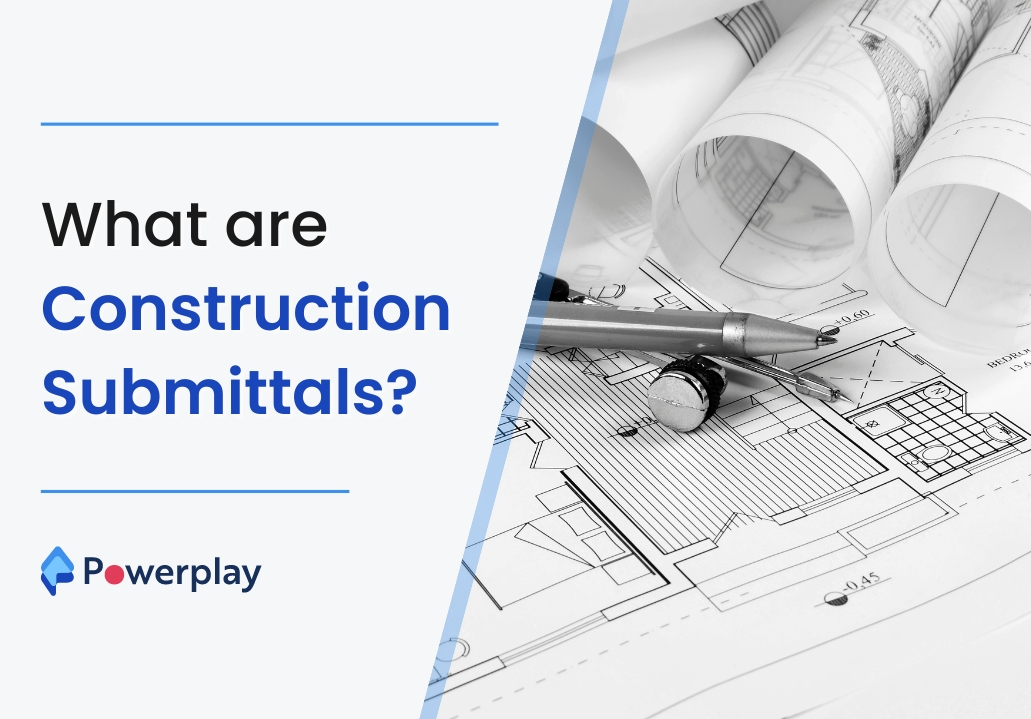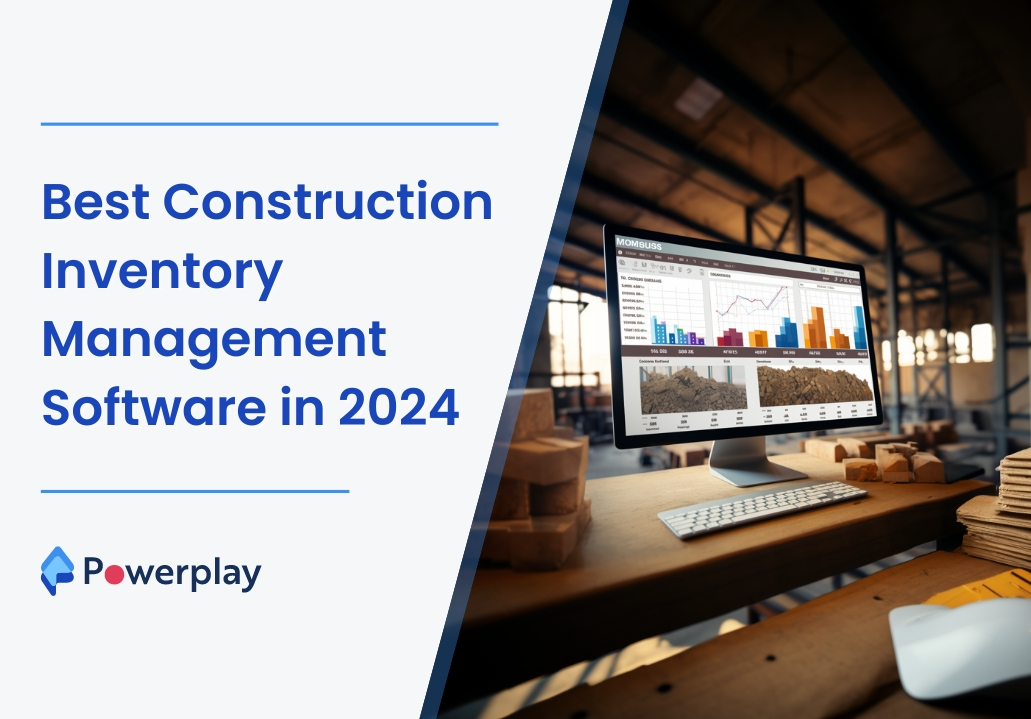What are the Most Important Construction Project Contract Clauses?
-
Kumar Abhishek Anand
- October 23, 2023

When dealing with a general contractor, it is essential to define the conditions of your work relationship as soon as you can, which is often accomplished by signing the terms of a contractor’s contract. There are a variety of forms that a contract for a project can be.
Certain companies utilize a standard contract to form an association, and others can create their forms. Whatever the case, you should be aware of some crucial construction contract clauses since they establish expectations and establish the framework for how you will interact throughout the project.
Five most important Construction project Contract Clauses
The five most important construction project contract clauses that need to be considered carefully are as follows:
1. Contract Sum
2. Payments
3. Changes in the Workplace
4. Claims
5. Dispute Resolution
Contract Sum
The first aspect you should be aware of is the sum of the contract. The price of the contract or guaranteed maximum cost is stated according to the method of delivery you’re employing. You’ve likely reached an agreement regarding the cost of the work, which shouldn’t come as an issue.
What can be a bit more complicated is the moment that terms like alternate allowances, alternative clauses, and the price of units are part of the clause. These could increase the contract’s value and be considered in the budget before work commences.
Alternates are what you likely considered during the design phase or when you were negotiating the project’s cost or might have brought them up in the first instance. For instance, you might have considered two flooring options in your mind. One is part of the contract base and is added to the contract price, while the other is an alternative.
If alternates are included in the agreement, they may be taken as to be a part of the contract value or could be added later by a modification order. Check that your contract’s language clarifies whether the alternates will be included as part of the original contract or are not included because they may increase or decrease the work cost.
Payments
The second crucial clause in a construction contract is the payment conditions. It is essential to describe the process of payment in the contract. This clause includes the time frame, documentation required to be submitted, the process for approval, and the final payment terms.
This clause must contain a statement regarding the frequency at which payments are to be made for an ongoing project. In addition, important dates, like the due date for invoices, the payment due date, etc., are also required to be mentioned in the clause. These dates are essential for everyone since penalties like the right to interest and lien rights depend on them.
Each project has its own set of documentation needs for payment. Documents required may include cost backup invoices for subcontractors, subcontractor invoices and supplier lien waivers, pay reports, an inventory of subcontractors and suppliers, and the amount each one is owed.
The procedure to get the payment approved must be stated in the payment conditions. In addition, the section should specify who approves and reviews the payment request and how long they will look over it. This procedure is also linked to the dates specified in the time portion of the clause for payment.
The process for releasing the final amount of the project can be complex and involves a lot of documentation. Therefore, the requirements of the lender, owner or insurance company, and others involved in a contract, should be included in this document.
Changes in the workplace
Changes are inevitable in any construction project, regardless of whether they are planned. How they will be addressed must be laid into the agreement. The terms will provide details regarding the markup of subcontractors and general contractors on changes, the length of time the contractor is required to inform the proprietor of changes, how this notification will be made and what the contractor should do in the event of a dispute.
There are two kinds of changes usually experienced on a project that can be a part of a project, change orders and change directives. An owner, architect, construction manager, or contractor can initiate a change order. It could result from a modification to your scope of work or a change to the materials. Once the pricing is established, and a deal is agreed upon, the project scope is included or subtracted from the construction project.
If no agreement is reached regarding the change and the cost, the construction manager or the architect can take over or issue a change direction. This document directs the contractor to implement the changes in the project, with the price to be decided later.
Change directives can prevent the possibility of a dispute regarding the pricing of the change order from putting the completion of the project.
Claims
When there is a dispute with the property owner or contractor, or the construction manager which is not resolvable, the situation could escalate into claims. In essence, a claim requests more time or funds for the construction project. The contract will outline the process for claims, its deadlines, and notification conditions. The contract may also specify the preferred method of claim resolution.
There is a limit on when a claim is moved forward in all contracts. Most often, it’s a matter of calendar days before becoming aware of the issue or when it concerns pricing additional work before the additional work is completed (except when it is an emergency). It is essential to know when this deadline is, as claims made after this period expires deemed untrue and rejected.
Notices of claims are typically delivered in writing in regular mail and certified mail. It is possible to send email correspondence if your contract permits it. However, it is always recommended to follow it with a written claim announcement.
The first person to look into a claim is usually an architect or construction manager. They serve as impartial third parties and work to help the contractor and owner reach an agreement. If there’s no architect or construction manager for the project or they’re not capable of obtaining resolution, the claim is taken to the next stage in dispute settlement.
The second section of the claiming clause will outline the procedure for resolving disputes that are not resolved through negotiations between parties. There are three alternatives: mediation, arbitration and litigation.
Dispute Resolution
The clause on dispute resolution will decide how disputes are settled if the parties fail to reach an agreement and the architect isn’t in a position to resolve the disagreement. Mediation, arbitration, and litigation are the three primary kinds of dispute resolution used for construction contract disputes.
Arbitration functions like an in-person court hearing, except that an individual or a group of decision-makers hear all sides of the dispute and seeks to settle the dispute by the decision of one side. It’s less formal than courtrooms, but it’s still a legal procedure. The arbitrator is chosen from both sides, typically from a pool of arbitrators who have worked in construction.
Mediation is typically not binding and is not as formal, but it is usually an element of litigation, provided it is explicitly specified on the document. Parties meet with an impartial mediator who seeks to assist the parties in coming to their agreements. The mediator doesn’t decide but instead seeks to persuade the parties to agree. In construction, meditation is often successful in settling the issue without the cost of litigation or arbitration, particularly when the parties are all driven to agree to a settlement.
Litigation is the formal process for settling disputes and involves the person who has the claim suing in opposition to another. First, a formal hearing is set up with a judge, and both parties present the evidence and testimony. Then, the jury or judge makes a legally binding decision for both parties.
Share
Kumar is a digital content professional with more than 2 years of experience in Blog writing, copywriting and scripting. His passion lies in the art of creating convincing content that plays a major role in converting leads for SAAS businesses.












